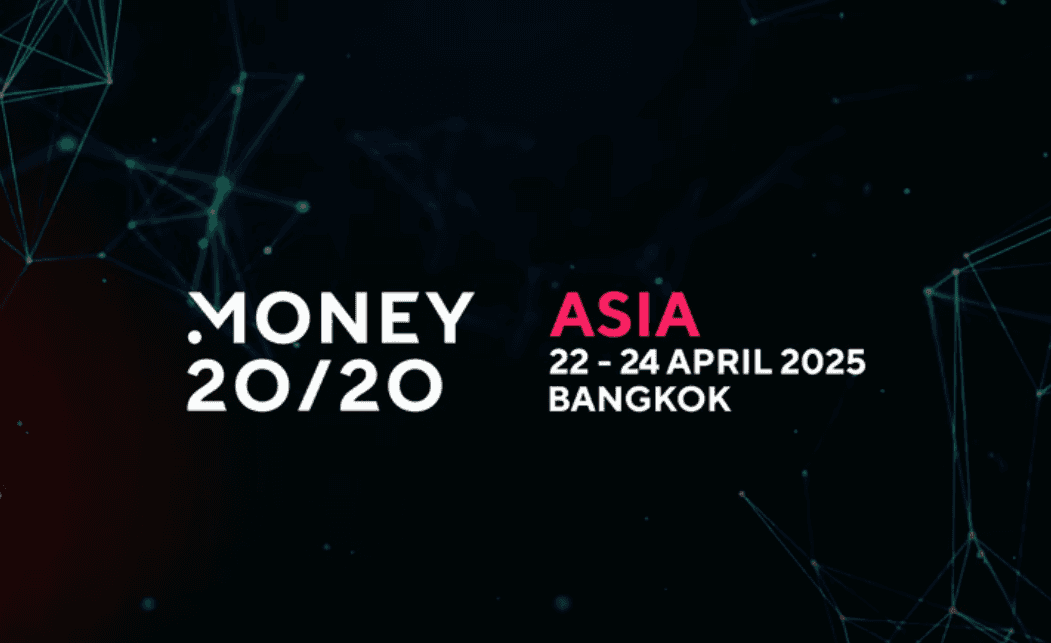
5 min read
Key Observations from Money20/20 Bangkok 2025
We just wrapped up Money20/20 Bangkok, and here’s the short version: the turnout wasn’t quite what many expected, but the conversations that did happen were focused, future-oriented, and quietly telling of where Southeast Asia’s fintech industry is heading.
Sticker Shock in Southeast Asia: A Misread of the Market
Let’s start with the obvious: a USD $3,000 ticket price in a region where GDP per capita is a fraction of that felt misaligned. For context, that’s equivalent to 3–4 months’ salary for junior professionals in many ASEAN countries. What we saw wasn’t just poor attendance—it was market mismatch.
This could signal a critical turning point for how Western fintech brands enter Asia. You can’t treat Southeast Asia as a passive consumption market for premium conferences. If organizers want real traction, they’ll need to localize their engagement strategy, including pricing, content, and speaker lineups.
Otherwise, we may see regional events like the Singapore FinTech Festival or homegrown alternatives gain greater relevance—not just because they’re cheaper, but because they feel more embedded in the local context.
Fewer Feet, But Sharper Minds
Yes, the crowd was smaller albeit the quality of participants made up for it. We saw a concentration of mid-to-senior decision-makers looking for B2B collaboration, not branding opportunities. This was greatly reminiscent of our experience at Paris Blockchain Week.
What’s notable is who showed up: payments-first companies that have built resiliency into their DNA. These players are showing us a clear trend: the future of fintech in Asia is portfolio-driven. The dominant firms will be those that can offer multi-rail, multi-country services from a single stack. Think remittance + FX + virtual accounts + risk scoring.
In other words: bundling is back. And infrastructure providers that can modularize capabilities will have the advantage.
Geopolitical Headwinds? Shrugged Off, But Not Forgotten
Interestingly, geopolitical risk barely came up. There was little talk of China de-risking, U.S. sanctions, or shifts in capital flow. But this isn’t because the risks don’t exist—Southeast Asia’s operators have just learned to build in uncertainty as a default.
This may explain the rising appetite for infrastructure that supports jurisdictional agility e.g., multi-entity wallet solutions, payment gateways with regional fallbacks, and multi-cloud hosting.
Going forward, expect more demand for solutions that allow fintechs to operate in multiple regulatory sandboxes simultaneously, and reroute operational flows as needed.
The Rise of Deep Payments Infrastructure
Most booths, talks, and pitches focused not on “the next big thing,” but on doing payments better—more efficiently, securely, and with greater transparency. What used to be a margin game (cheapest cross-border wins) is now a stack game: who can plug in orchestration, compliance, fraud, loyalty, and data all in one go?
The real opportunity lies in interoperability as a service. Fintechs in the region aren’t lacking options—they’re drowning in fragmentation. Whoever can stitch together cards, QR, bank rails, and tokens into one elegant UX/API will own the rails of the future.
Bonus points if you can embed data intelligence or localized loyalty on top.
What Comes Next?
Consolidation of Infrastructure Vendors
The fragmented tooling landscape is unsustainable. Expect M&A or bundling as fintechs look for fewer, more capable partners to reduce vendor sprawl.
Growth in Private-Label Fintech
Brands outside of finance (telcos, e-commerce, logistics) are looking to embed payments natively. Companies offering white-label wallets, BNPL rails, or payout layers will find fertile ground here—especially if they support local languages and compliance needs.
Shift in Conference Economics
Organizers can’t keep importing U.S. price tags into Asian markets. If they do, niche, regional, and hybrid digital formats will eat their lunch. Expect a rebalancing in how fintech events are priced, positioned, and distributed across Asia.
Rise of Defensive Fintech StrategyWith macro headwinds still looming (USD liquidity crunch, slower global trade, digital bank slowdowns), firms will double down on defensive plays: compliance automation, treasury ops, cross-border hedging, and financial resilience tooling.
Closing Thoughts
Money20/20 Bangkok may not have been the blockbuster many hoped for—but it gave us a glimpse of fintech’s next evolution in Asia: pragmatic, diversified, and infrastructure-led. It’s not about hype anymore. It’s about who can build the rails that keep running, no matter where the money flows.
And at CoinsDo, that’s exactly the kind of future we’re building for.

